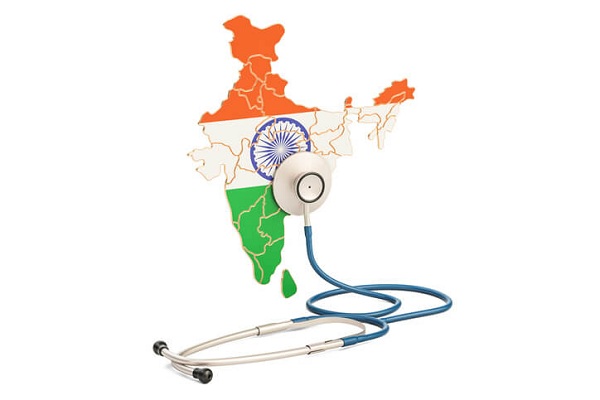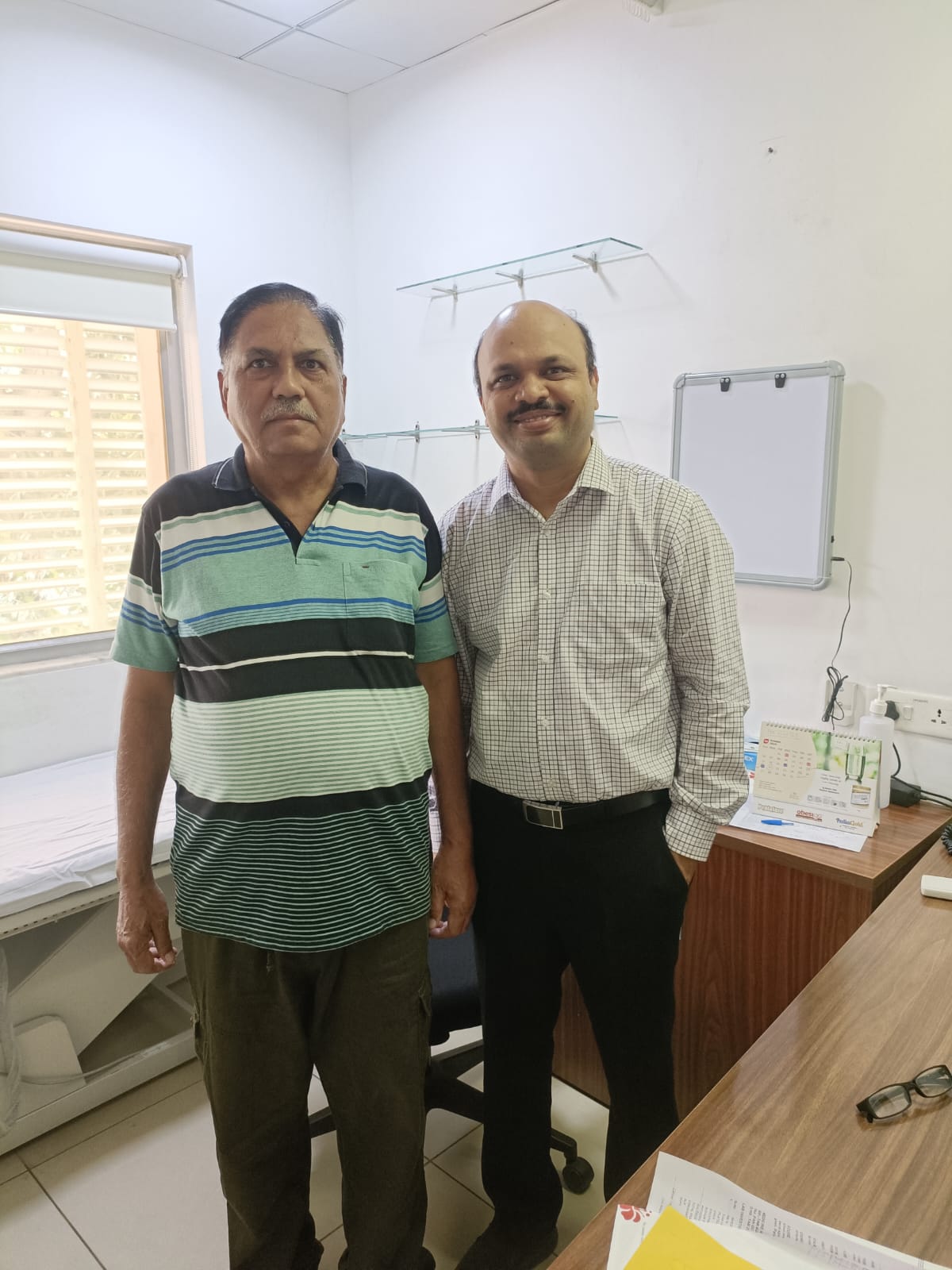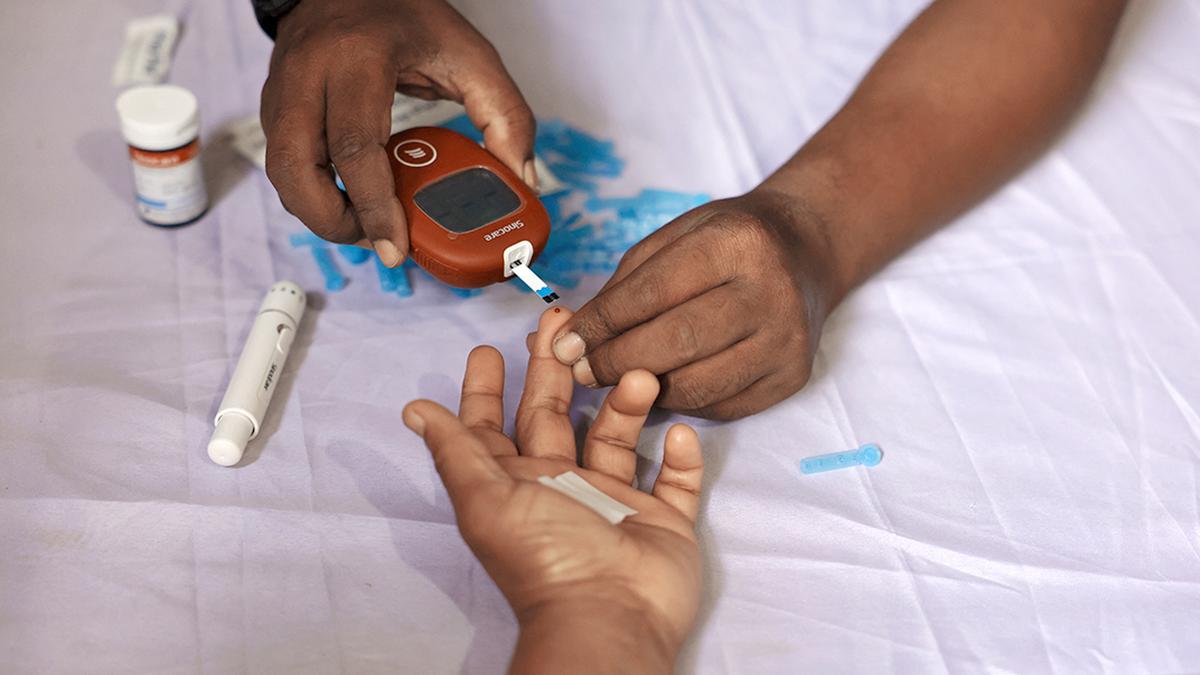Cancer remains a formidable adversary, claiming countless lives every year. But researchers are continually making strides in understanding its origins and developing more personalized approaches to treat and prevent it. In a groundbreaking new study, researchers have identified thousands of genetic variants in a specific gene that significantly raise an individual's risk of developing breast and ovarian cancers. This discovery paves the way for more precise risk assessments and personalized treatment plans, offering hope for better management and prevention of these devastating diseases.
At the heart of this breakthrough lies the "cancer protection" gene, RAD51C. This gene is essential for DNA repair, helping to fix the everyday damage that occurs in our cells. When functioning correctly, RAD51C plays a crucial role in protecting the body from cancer. However, when this gene is altered or damaged, it can lead to a higher likelihood of developing aggressive subtypes of breast and ovarian cancer.
The study, conducted by researchers at the Wellcome Sanger Institute and their collaborators, discovered over 3,000 harmful genetic variants in RAD51C. These variants interfere with the gene’s function, significantly raising cancer risks. Women who carry faulty RAD51C genes are four times more likely to develop breast cancer and six times more likely to develop ovarian cancer compared to those without the variants.
For decades, medical professionals have been searching for ways to more accurately assess cancer risk, especially for those with a family history of breast and ovarian cancers. Genetic testing has been a powerful tool in this effort, but up until now, there was much uncertainty about how different RAD51C variants influenced cancer risk. With this study, doctors can now make more informed decisions based on specific genetic changes. This information is invaluable for early cancer detection and prevention.
One of the most remarkable aspects of the study is its sheer scope. Researchers utilized data from the UK Biobank and an ovarian cancer cohort of over 8,000 individuals, comparing the identified variants with clinical data. The results were astonishing, with over 99.9% accuracy in linking these harmful variants to cancer. These findings give clinicians the power to predict cancer risk with unprecedented precision.
In addition to improving cancer risk assessment, the study has opened up exciting possibilities for treatment. By mapping the protein structure of RAD51C, researchers identified key regions of the protein that are crucial for its DNA repair function. These regions may interact with other proteins or play a role in processes like phosphorylation, which could offer new therapeutic targets. These insights provide a potential roadmap for developing drugs that could target these areas, offering new hope for patients battling breast and ovarian cancer.
Beyond simply identifying the harmful variants, the study also discovered the existence of “hypomorphic alleles,” a type of genetic change that reduces the function of RAD51C without completely disabling it. These alleles were more common than previously thought and may also contribute to increased cancer risk. This finding adds a new layer of complexity to our understanding of cancer risk, as it suggests that even partial loss of gene function can significantly raise the chances of developing the disease.
The implications of this research extend far beyond the RAD51C gene alone. The study's co-senior author, Dr. David Adams, highlighted the potential to use this approach for analyzing genetic variants in other genes, with the long-term goal of covering the entire human genome. This ambitious vision, known as the "Atlas of Variant Effects," could revolutionize personalized medicine and cancer prevention, providing doctors with a comprehensive map of how genetic changes impact cancer risk.
Andrew Waters, another co-senior author of the study, emphasized the power of large-scale analysis in genomic research. By studying how genetic variants affect cancer risk in large populations, researchers can better understand how genes function and evolve over time. This knowledge not only helps with cancer prevention but also sheds light on the fundamental mechanisms of human biology.
For cancer patients and their families, this research is a game-changer. As Professor Clare Turnbull, clinical lead of the study, explained, the findings will be incredibly useful for diagnostic laboratories. The new data will help laboratories distinguish between harmful and harmless RAD51C variants, making it easier to determine which patients are at higher risk for cancer. This, in turn, allows for more informed decisions regarding additional breast cancer screenings and preventive surgeries for the ovaries.
Moreover, this research brings much-needed clarity to genetic testing. In the past, patients with a strong family history of cancer often faced uncertainty about their future risks. Many of the genetic variants identified during testing had unclear significance, leaving patients and doctors in limbo when it came to making medical decisions. With this new study, those uncertainties are beginning to fade, offering clearer guidance for patients at risk.
Breast cancer is the most common form of cancer in the UK, with approximately 56,800 new cases diagnosed each year. Ovarian cancer, while less common, still affects around 7,500 women annually. Despite the high prevalence of these diseases, many women are unaware of their genetic risk factors. This research underscores the importance of genetic testing and early detection, particularly for women with a family history of cancer.
The findings also highlight the need for public awareness campaigns to encourage more women to undergo genetic testing, especially those with a family history of breast or ovarian cancer. While genetic testing has become more accessible in recent years, many women still do not realize they are at risk until it is too late. By raising awareness about the importance of testing and the potential impact of harmful genetic variants, we can help more women take proactive steps to protect their health.
The discovery of thousands of harmful RAD51C variants represents a major milestone in cancer research, but it is just the beginning. As researchers continue to map the effects of genetic changes across the genome, the future of cancer treatment looks increasingly personalized. In the coming years, we may see a shift away from one-size-fits-all treatments toward therapies tailored to each patient’s unique genetic makeup.
For women at risk of breast and ovarian cancer, this research offers new hope. With more accurate risk assessments and the potential for targeted therapies, patients can look forward to better outcomes and improved quality of life. The road ahead is long, but with each new discovery, we move closer to a future where cancer is no longer a death sentence but a manageable condition.
In conclusion, the work of the Wellcome Sanger Institute and its partners is a testament to the power of science and collaboration. By shedding light on the genetic roots of cancer, these researchers are helping to pave the way for a new era of personalized medicine, offering hope to millions of women around the world. Through continued research, awareness, and action, we can take control of our genetic destinies and reduce the devastating toll of cancer on our lives.

 With this study, doctors can now make more informed decisions based on specific genetic changes. This information is invaluable for early cancer detection and prevention.
With this study, doctors can now make more informed decisions based on specific genetic changes. This information is invaluable for early cancer detection and prevention.










.jpeg)







.jpeg)

.jpg)










